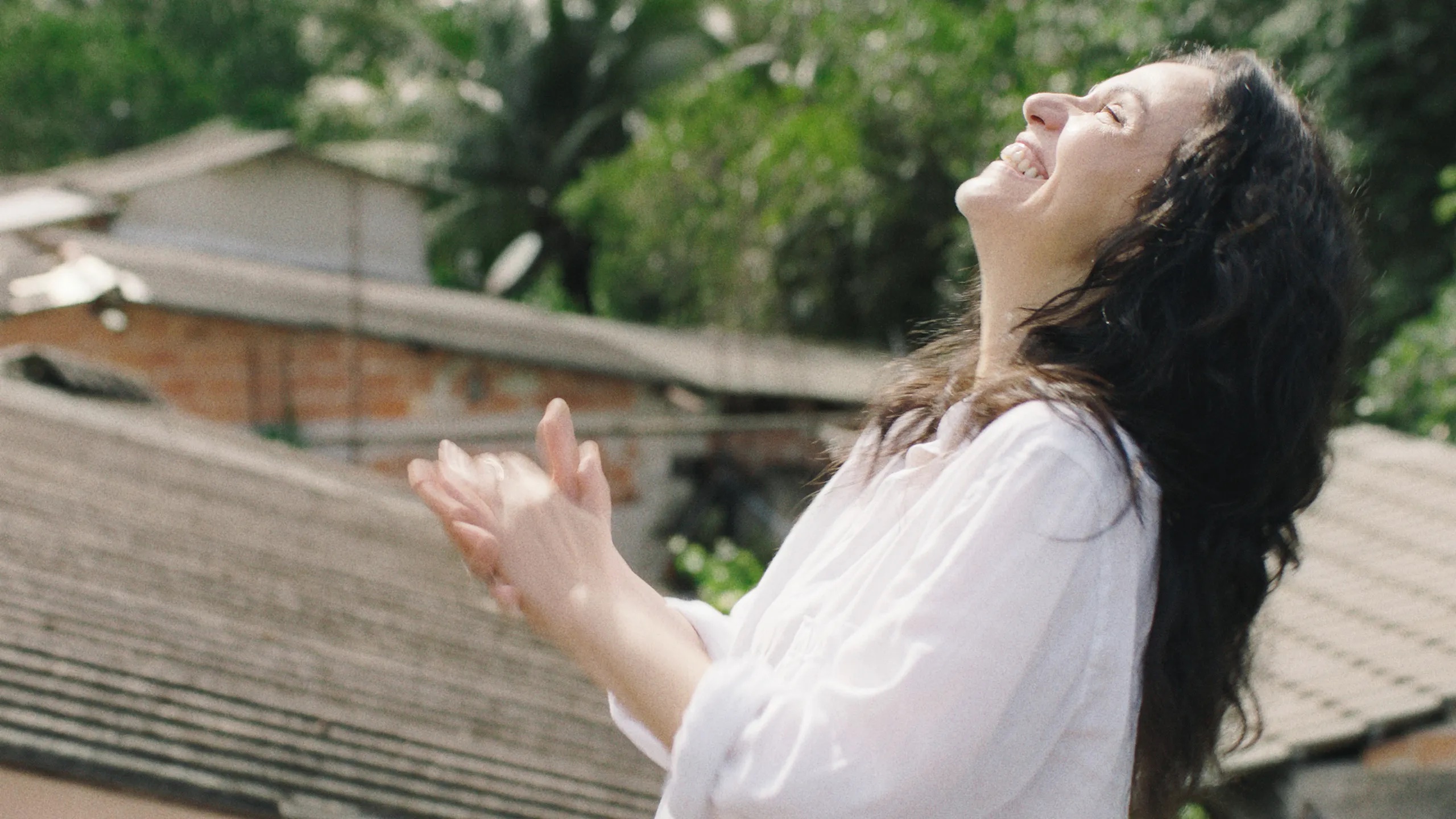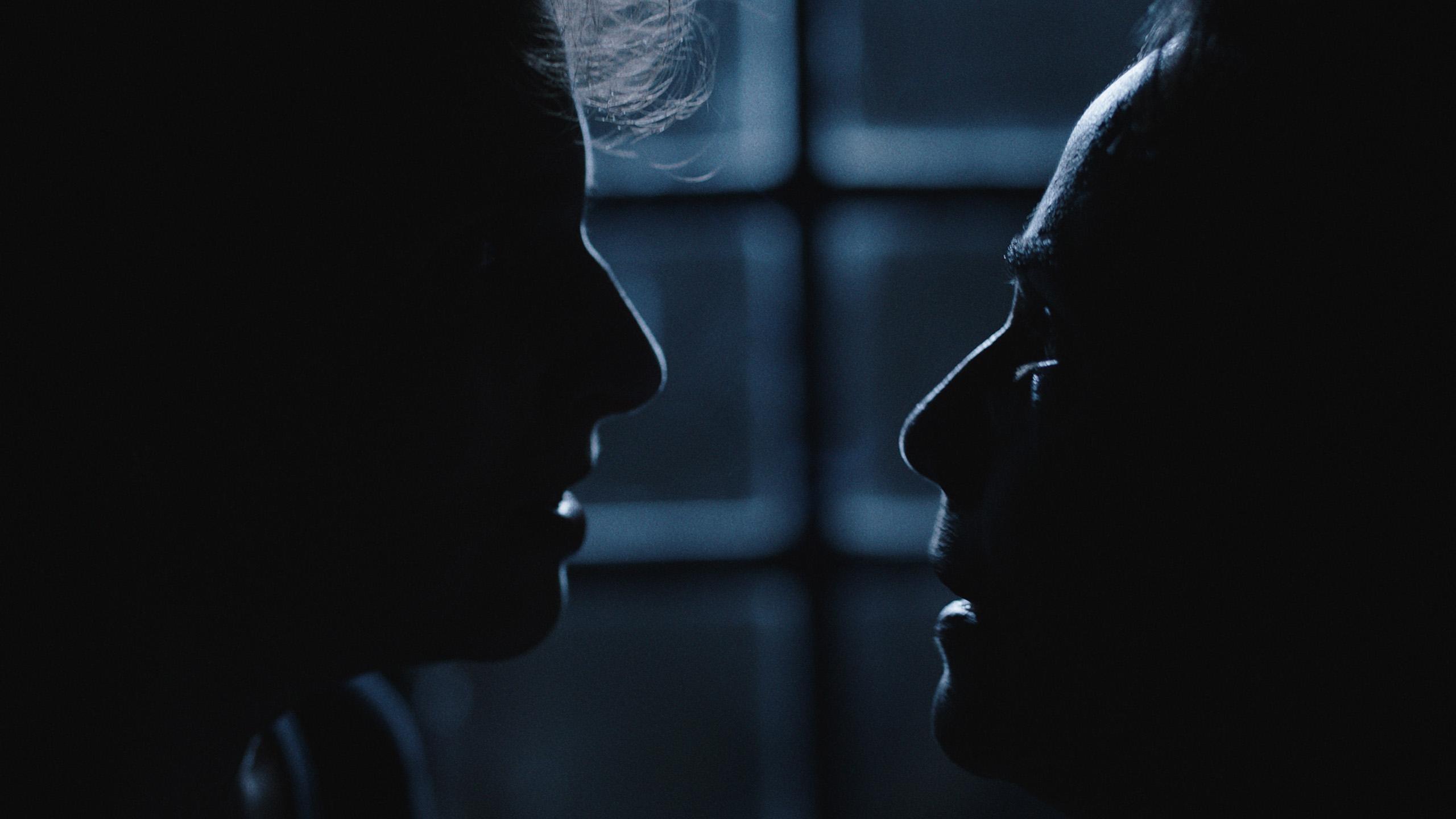interview
Pedro Freire Interview – Director of ‘Malu’
A few days before the start of the Sundance Film Festival, Projektor caught up with Pedro Freire, director of Malu. During our chat, he tells us he’s a bit anxious about the premiere and all the promotional duties it requires. Nonetheless, he’s eager to delve into the making of his debut feature and share the deeply personal connections he has with the story and his characters. Playing in the World Cinema Dramatic Competition of the Utah-based gathering, the picture follows Malu (Yara de Novaes), a mercurial actress living with her conservative mother (Juliana Carneiro da Cunha) in a crumbling house in Rio de Janeiro. The woman tries to deal with her strained relationship with her daughter (Carol Duarte) while surviving on memories of her glorious artistic past.

Projektor: At the end of Malu, we find out the film is based on your mother’s life. Why did you think it was important to tell her story today, and how did the idea come about?
Pedro Freire: My mother has always been a huge influence in my life—of course, as a parent but especially in artistic and intellectual terms. She was very present, and she taught me everything I know about cinema, theater, and literature. She was really into educating me, artistically and politically. She was the main reason why I became an artist. When I was seven, for example, she showed me Akira Kurosawa’s Seven Samurai. It was too early to watch that film! [Laughs] But at the same time, in terms of things like caring and nurturing, she was awful. She was really a bad mother, and a very difficult one to live with. She was constantly hit by mood swings. So she also traumatized me a lot. I had this kind of “bipolar” relationship with my mother that taught me a lot.
I wanted to tell this story now, of a woman who endured dictatorship, because Brazil is going through a very dangerous moment right now. Our democracy is endangered and with everything that’s happened with Jair Bolsonaro, there’s been a huge call to action for human rights. We fear the comeback of a military dictatorship, and we leftists are fighting against that. The story came at the right time.
The subject is so intimate – and I guess you had to dig deep into your memories. How did you find a balance between telling something so personal, but also cinematically effective?
It’s been hard. I’ve been crying a lot when writing the script. Sometimes I was sobbing because I had to write down words I remember my mother was saying. She passed away, and it’s been very emotional for me to write this script. Then we spent four years honing it and looking for funds, so it became more of a technical job, at least for a while. Then while shooting, I found it challenging to stage the scenes that happened to me and my sister. So I cried a lot during filming as well. It’s been an impactful experience for the actresses themselves. After each take, I’d give them instructions while sobbing. But my emotional involvement affected them too. It gave them the feeling that what we were saying was profound and important.
Did working on this film change your perception of mental health issues, and in particular that of artists dealing with them?
Yes, I think it’s been a strong psychoanalytical process for me. I had to dig deeper into the mental problems my mother had to face. I studied bipolar disorders. She had never been officially diagnosed, but I’ve spoken to some psychiatrists before making this film and they said that was probably her condition. At the end of her life, she developed a prion disease, but that was a totally different matter, and had nothing to do with bipolar disorders. The whole process made me understand better what happened to my mother. It helped me forgive her for all the traumas she caused.
So, in a way, it’s been a cathartic experience, which also helped you to empathize more with her…
Exactly. “Empathize” is the right word.

How did you cast your three leads?
I’ve shot eight shorts [before filming Malu] and I’ve always looked for realism. I very much like working with improvisation, and I strongly believe in rehearsals, like John Cassavetes used to… I always look for actors who can improvise. If they can’t, I usually don’t pick them. In this film, I was looking for theater actors because I think they’re more used to doing this type of work. We had three weeks of rehearsals before filming for three more. We didn’t have a casting director, and I auditioned actors myself.
I actually used to be a casting director, so I have a lot of experience in this sense. I didn’t ask the actresses to perform any monologues, but I just spoke to the ones I was interested in. And by talking to them and watching their previous films or theater plays, I understood they were the right fit. And there’s a bizarre anecdote I can share.
I had another actress cast for Malu’s role – for four years, I was writing the script having her in mind – and she was very much into the project. But she fell ill three months before filming, so it’s been a very last-minute change. After one month of rehearsing, I chose Yara de Novaes, who is one of the greatest theater actresses in Brazil, so it hasn’t been a difficult change. She’s amazing and already had her in mind as a possible alternative.
My next question is about one of the most agitated scenes. I’m referring to the one where Malu and her daughter confront each other in darkness. Did you prepare this scene differently from others?
Yes. In this scene, I wanted them to improvise – not their lines necessarily, but their actions. The Director of Photography [Mauro Pinheiro Jr.] and I marked two different areas where the actors could be lit, but in between those two spots, they were free to do whatever they wanted.
At first, I wanted to film without rehearsing blocking because I wanted to capture their very first movements and reactions, but it ended up being the scene with the most takes. The other scenes only took one or two takes because we had blocking rehearsals. In this particular one, however, I wanted them to “grow” their emotions. So we shot about eight takes, and during the last one, they reached the right climax.
What about the visual concept?
This film was entirely conceived for the acting performances to take center stage. So to achieve that, I told the DP, costume designer, make-up artist, and production designer that their work should be as “invisible” as possible. I couldn’t have a single scene where one would say, “Wow, look at those lights!” or “These costumes are amazing!” Visually, nothing had to be amazing, but everything should be as they are in reality. It was an exercise of realism so the acting could emerge. And we did the same with editing: it had to be invisible too.
Curated by humans, not algorithms.
© 2025 A Good Movie to Watch. Altona Studio, LLC, all rights reserved.